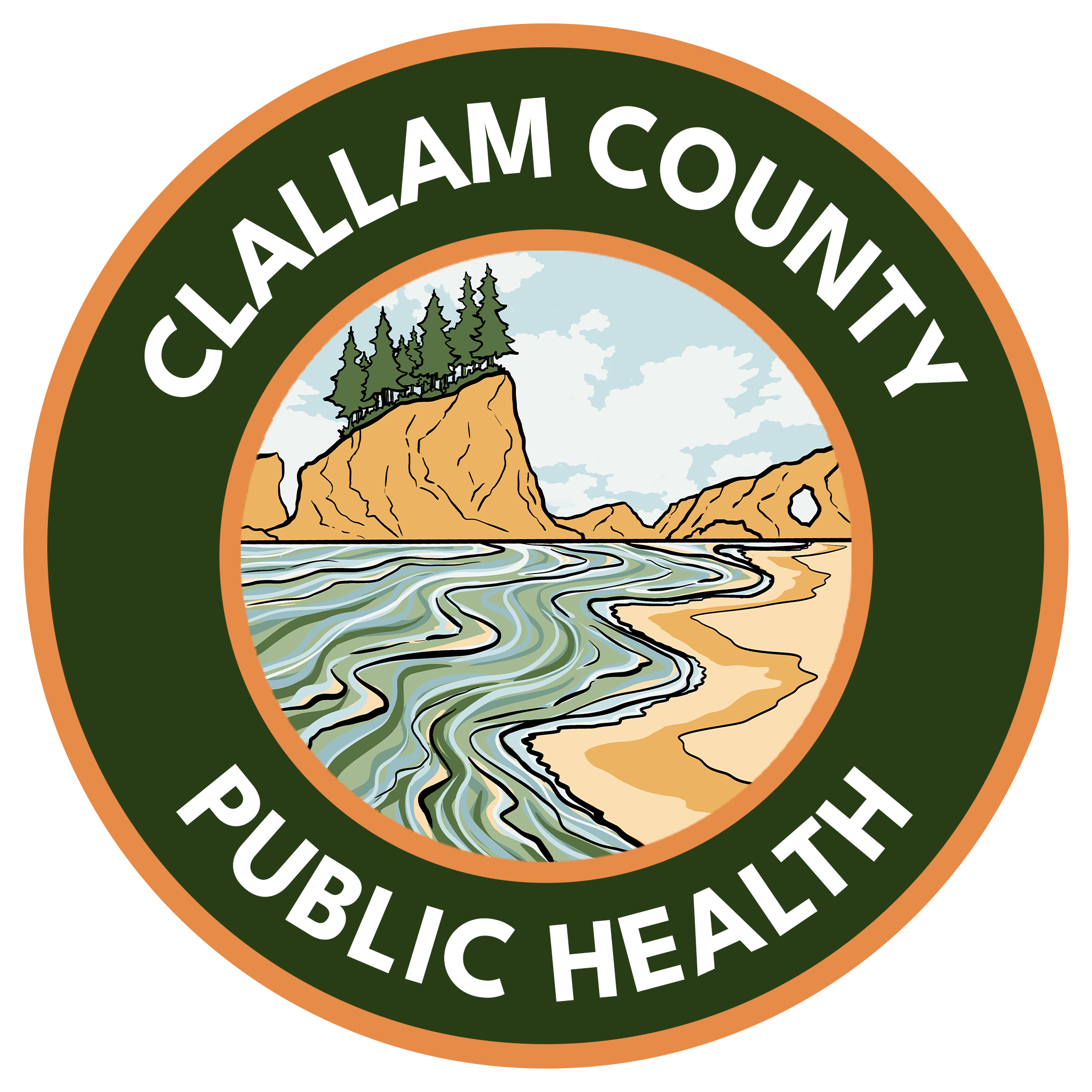View National Institutes of Health (NIH) COVID-19 treatment guidelines.
Who is eligible for treatment?
Outpatient treatment is authorized for patients at high risk of severe COVID-19. Treatment must be used less than 7 days after symptom onset. Pre-exposure prophylaxis (PrEP) should be used every 6 months.
Patients at highest risk of severe COVID-19:
- 65 years or older.
- Unvaccinated or partially vaccinated.
- Compromised immune system.
While supplies are limited, follow NIH patient prioritization guidelines. Providers must be good stewards of these limited supplies.
What treatments are available?
| PAXLOVID | BEBTELOVIMAB | REMDESIVIR | MOLNUPIRAVIR | |
|---|---|---|---|---|
| Authorized ages | 12 years or older. | 12 years or older. | All ages. | 18 years or older. |
| Start treatment | Less than 5 days after symptom onset. | Less than 7 days after symptom onset. | Less than 7 days after symptom onset. | Less than 5 days after symptom onset. |
| Administration | Oral. | Intravenous (IV). | IV. | Oral. |
| Treatment duration | 5 days. | Once. | 3 days. | 5 days. |
| Pros | High efficacy. Oral. | High efficacy. Single IV infusion. | High efficacy. Longer history of use. | Oral. No drug-drug interaction concerns. |
| Cons | Ritonavir-related drug interactions. | Requires IV infusion. | Requires 3 days of IV infusion. Not Food and Drug Administration- (FDA-) approved for outpatients. | Low efficacy. Not authorized for children under 18 years old. Not approved for pregnant people. Mutagenicity concerns. |
| Availability | Limited. | Limited. | Commercially available. | More available than paxlovid and sotrovimab. |
Bebtelovimab was approved under EUA on February 11. We will add to this chart when full information on efficacy and side effects is available from the manufacture.
Source: What clinicians need to know about the new oral antiviral medications for COVID-19, Jan. 12, 2022, Clinician Outreach and Communication Activity (COCA) Call, Centers for Disease Control and Prevention (CDC).
Oral antivirals
| MOLNUPIRAVIR | PAXLOVID + RITONAVIR | |
|---|---|---|
| Type | Nucleoside analogue antiviral. | Paxlovid (nirmatrelvir) is a protease inhibitor, co-administered with the medication ritonavir. |
| Efficacy | 30% reduction in hospitalization and death. | 88% reduction in hospitalization and death. |
| Prescribing | Fact sheet for providers. Review safety warnings before prescribing. | Fact sheet for providers. |
| Clinical concerns | –Emergency use authorization (EUA) frequently asked questions (FAQs). -CDC COCA call update. | –EUA FAQs. –Drug interactions. -CDC COCA call update. –PAXLOVID Patient Eligibility Screening Checklist, (FDA). |
| Dosage | Four 200 mg capsules taken orally every 12 hours for 5 days. | Two 150 mg tablets of Paxlovid with one 100 mg tablet of ritonavir taken orally twice daily for 5 days. |
| Common side effects | Diarrhea, nausea, dizziness. | Hepatotoxicity, hypertension, muscle aches, diarrhea. |
| More information | –Fact sheet for patients, parents and caregivers. -Washington State Department of Health (DOH) use guidance. | –Fact sheet for patients, parents and caregivers. -DOH use guidance. |
Monoclonal antibodies
| EVUSHELD | BEBTELOVIMAB | |
|---|---|---|
| Type | Combination monoclonal antibody for PrEP. | Monoclonal antibody. |
| Efficacy | 83% reduction in development of symptomatic COVID-19 in a 6-month trial. | Data not available yet. EUA notes it may retain some efficacy against Omicron. |
| Prescribing | Fact sheet for providers. | Fact sheet for providers. |
| Clinical concerns | EUA FAQs. Do not give evusheld within 2 weeks of COVID-19 vaccine. | EUA FAQs. At this time, do not use other antibody formulations under EUA (sotrovimab; bamlanivimab and etesevimab; and casirivimab and imdevimab). |
| Dosage | Intramuscular injection every 6 months. | Single IV infusion. |
| Common side effects | Pain at the injection site, allergic reactions. Clinical trial signal of increased risk of heart disease. | Fever, chills, nausea and vomiting, rash. |
| More information | –Fact sheet for patients, parents and caregivers. -DOH use guidance. | –Fact sheet for patients, parents and caregivers. -DOH use guidance. |
How do providers access treatments?
Department of Health and Human Services (HHS) allocates monoclonal antibodies oral antiviral supplies to each state. DOH distributes doses to enrolled providers. Providers must enroll in Healthcare Partner Ordering Portal (HPoP) to manage COVID-19 therapeutics. Email mcm@doh.wa.gov for support enrolling in HPoP.
To request monoclonal antibodies or therapeutics, enroll in HPoP, then complete a smart sheet.
Supplies are limited. Washington gets new monoclonal antibodies supplies weekly and antivirals every 2 weeks. Safeway and independent pharmacies may have oral antivirals. Hospital-associated systems and federally qualified health centers (FQHCs) may have monoclonal antibodies. All therapies must be prescribed. Some pharmacies may have a home delivery option. Patients with questions about how to access their prescription should call the pharmacy.
To find available doses in your area, use HHS’s COVID-19 therapeutics locator.
Additional information
- Therapeutics resources, DOH.
- COVID-19 therapeutics updated guidance, HHS and Public Health Emergency (PHE).
- COVID-19 therapeutics comparison table, PHE.
- COVID-19 oral therapeutics and immunocompromised people, CDC COCA call.
- COVID-19 therapeutics regardless of insurance status, DOH.
- COVID-19 therapeutics locator, HHS.
- COVID-19 monoclonal antibodies communication toolkit, PHE.
- PREP Act authorization for hospital distribution, DOH.
Questions?
Email DOH at mcm@doh.wa.gov.
